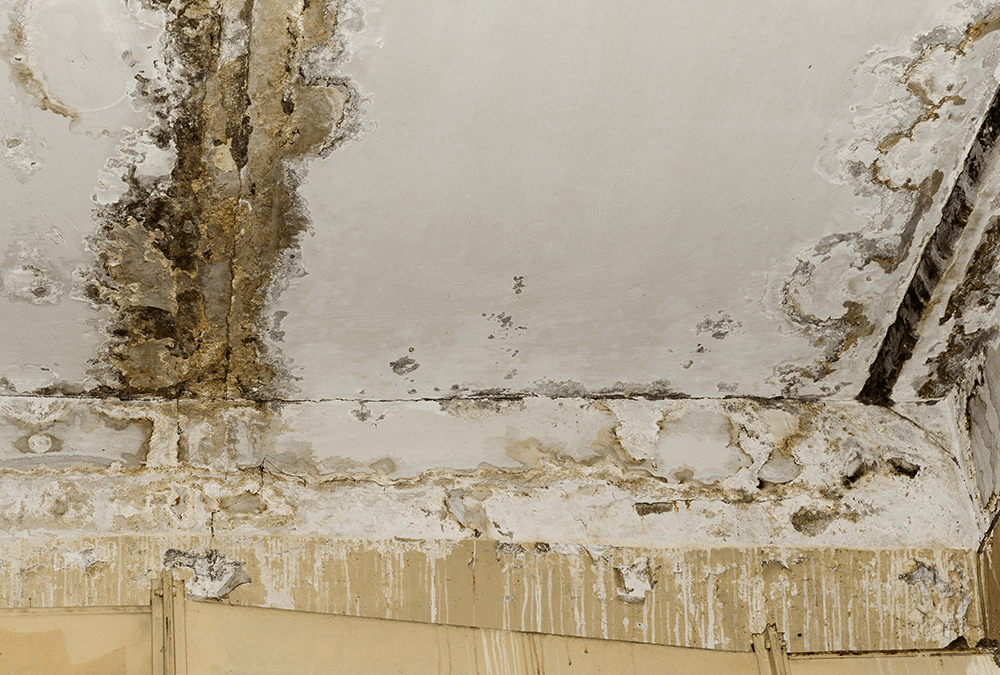Common Causes of Water Damage in a Bathroom
Common Causes of Water Damage in a Bathroom
Blog Article
On this page below you might get more wonderful material with regards to Common Causes of Water Damage in a Bathroom.

The restroom is very at risk for wet accumulation as well as possible water damage because of the regular use water in it. This short article uses easy examination techniques to assist identifying water damages hazards.
The regular use water in the washroom makes it extremely susceptible for wet buildup and potential water damage. By checking it consistently, you can reduce water related damages.
The complying with collection of examinations is easy to perform as well as must be done when in every 3 months in order to maintain your washroom in good shape and to prevent prospective water damages triggered by the tub, the shower, pipeline joints and also plumbing, sinks, cabinets, and the toilet
Do not forget performing these evaluations and also be thorough while doing them. Bear in mind that these basic assessments can save you a lot of money by offering early indications for water damage
Sinks and Cabinets
Sinks and cabinets are exposed to moisture and moisture day-to-day and also are usually forgotten. Check on a regular basis under the sink as well as on the counter top above it. Repair any drip in the catch as it might recommend drain problems. Browse the sink, sluggish draining pipes may indicate a blocked drain. Change sink seals if they are fractured or loosened.
Bath tub and also Shower
The shower and also bath tub call for unique interest as well as maintenance. Inspect the tiles and replace if cracked. Make sure that there is no missing out on grout between the floor tiles. Inspect as well as replace fractured caulking at joints where the wall surfaces satisfy the floor or the bath tub. Blocked drains and also pipelines issues will certainly stop the bathtub from drying out as well as may show severe issues beneath the bath tub. Speak with a professional quickly to avoid structural damages. Focus on discolorations or soft areas around the bath tub walls as they might show an internal leakage.
Plumbing
Signs for water damages are hard to identify considering that most pipelines are set up inside the wall surfaces.
Pay special focus to floor covering and also wall surfaces wetness and discolorations as they may show an undetectable plumbing problem. Examine moisture degrees in adjoining areas as well.
The Commode
The toilet is an at risk water junction. Examine the water lines and look for leaks around the bathroom seat, in the hose, as well as under the water tank. If you discover any indications of dampness on the floor around the commode, check for leakages in the toilet edge as well as container seals.
Understand that hanging commode bowl deodorants raises the chances for obstructions.
TIPS TO PREVENT WATER DAMAGE IN THE BATHROOM
The average household uses approximately 80-100 gallons of water per person per day. For a family of 4, that's almost 2,500 gallons of water a week! The largest portion of this consumption comes from bathroom use. Flushing the toilet uses the most water, followed by taking a shower or bath. With that much water running through the home, water damage in the bathroom is bound to happen. Knowing how to spot signs of a water leak is essential to preventing long-term damage. This guide provides you with tips to reduce the impact of water damage on your bathroom.
CAUSES OF BATHROOM WATER DAMAGE
Pipe breaks are the most common cause of water damage we see in our daily jobs. The age of a pipe plays a large role in a pipe break as well as corrosion. Over time, the metal begins to break down, allowing water to escape. Frozen pipe breaks are also a concern in the winter months. Toilet overflows caused by paper products or children flushing inappropriate items. Degraded caulking around the toilet or bathtub can allow water seepage, sometimes behind the fixture, into the subfloor or walls. Condensation forms when the water in a pipe is cooler than the air temperature. Beads of water form on the exterior of the pipes, sometimes so much so that the water begins to drip and pool below. Sink or shower backups created by poor drainage. HOW TO PREVENT WATER DAMAGE IN YOUR BATHROOM
Inspect your toilet supply line for worn or frayed hoses and replace them as needed. Winterize your plumbing to prevent a frozen pipe break. Use vent fans to prevent condensation that can lead to mold growth. Routinely check and replace degraded caulking around your toilet or bathtub. Increase the temperature in your toilet tank and insulate your pipes during the warm summer months to keep condensation from forming. Use child safety locks on the toilets. Flush only toilet paper. "Flushable" wet wipes are actually not good for your plumbing system. Additionally, feminine hygiene products should not be flushed. Prevent water from escaping the tub or shower. Make sure shower curtains are in good condition. Inspect shower doors and replace the seal strip if necessary. Wipe up any water that accumulates on the floor and use bath mats. Water left to sit can cause damage to the tiles and flooring. Refrain from using bath products containing heavy oils to avoid a clogged drain.

Do you enjoy reading up on Common Causes of Water Damage in a Bathroom? Place a review further down. We would be interested to see your opinion about this blog post. Hoping that you visit us again in the near future. Sharing is nice. One never knows, you may just be helping someone out. I appreciate reading our article about How to Fix a Water Damage Bathroom.
Click Here To Find Out More Report this page